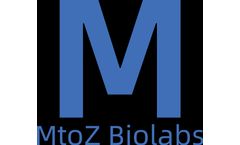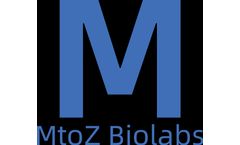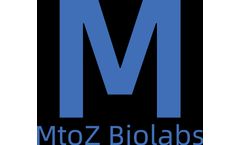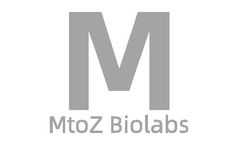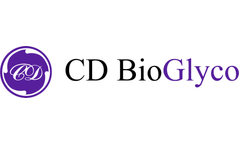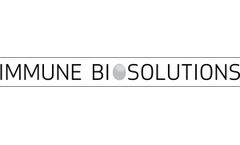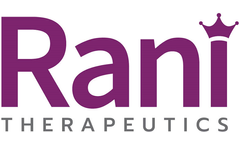Therapeutic Antibodies Articles & Analysis: Older
26 articles found
Knockin cell line generation represents a pivotal advancement in genetic engineering, providing vital tools for biological research and therapeutic development. This process involves the integration of specific DNA sequences into precise loci within the genome, allowing scientists to explore gene function, model diseases, and develop new treatments. ...
In the realm of biotechnology and pharmaceuticals, stable cell lines serve as a foundation for producing high-yield protein therapeutics, monoclonal antibodies, and vaccines. They are routinely employed to study gene function, signal transduction pathways, and drug screening processes. ...
Alfa Cytology has unveiled new services focused on therapeutic antibody development for bladder cancer research.Alfa Cytology, a prominent cancer research services supplier based in New York, proudly announces the launch of its comprehensive services for bladder cancer therapeutic antibody development. ...
Therapeutic monoclonal antibodies (mAbs) are a class of antibody drugs that are highly uniform and have pharmacological effects against a single epitope obtained through molecular biology. ...
The Unique Value and Challenges of Peptide Antigens in Antibody DiscoveryChoosing the right antigen is crucial in antibody discovery. ...
Due to differences in post-translational modifications, antibody structures, and amino acid sequences, it may stimulate immune responses against the therapeutic drugs themselves, thereby producing anti-drug antibodies, and may even lead to adverse reactions.4. ...
In this process, antibody sequencing plays a crucial role. By sequencing and analyzing antibodies, we can obtain important information about their structure, function, and interactions with other molecules, thus laying the foundation for specific therapeutic, diagnostic applications, and the identification of customized ...
For example, the development of breast cancer therapeutic antibodies is usually linked with targeted therapy for the complexity of tumor cells. ...
The Constant Region of an antibody is a part of the immunoglobulin (antibody) molecule, responsible for stabilizing the structure of the antibody to execute its specific immune function. The constant region of an antibody is usually at the bottom of the molecule, close to the tail of the antibody, corresponding ...
Since antibody-drug conjugates (ADCs) have the molecular characteristics of both small molecule and macromolecule therapeutic drugs, when choosing analytical methods, the typical ones used for both should all be considered. ...
This approach involves the computational generation and optimization of novel chemical structures that are predicted to have the desired therapeutic effects. Using advanced algorithms and machine learning techniques, researchers can explore vast chemical spaces to identify promising lead compounds, which can then be further refined and validated through experimental testing. ...
It involves the attachment or fusion of antibodies with other bioactive substances to enhance their efficacy in diagnostics and therapeutics. ...
These therapeutic antibodies aim to specifically target antigens on the surface of cells and bind to them, leading to acidic reactions that result in the destruction of target cells. ...
This process, akin to a biological optimization algorithm, allows the body to generate highly specific and potent antibodies that can effectively neutralize the invading pathogen. Harnessing the power of affinity maturation, scientists have developed sophisticated techniques to engineer and refine antibodies for therapeutic and diagnostic ...
By screening a diverse library of glycans against a protein of interest, researchers can identify the specific glycan structure that bind to the protein, providing insights into its function and potential therapeutic targets. Glycan-Antibody Interactions: Glycan arrays have been instrumental in studying the interactions between glycans and ...
Fc-Fusion Glycosylation and Its Biological Significance Glycosylation Therapeutic monoclonal antibodies (mAb) or mAb variant molecules such as Fc-Fusion have an N-linked glycan coherent sequence of (Asn)-X-Ser/Thr (where X is any amino acid except Pro) at the Asn297 position of the heavy chain of the constant CH2 domain, and some mAb also have additional ...
Why target GPCRs with antibodies? The G Protein-coupled receptor (GPCR) superfamily represents the largest and single most important family of human drug targets. GPCRs play a central role in a plethora of biological processes and are linked to a wide range of therapeutic areas including cancer, diabetes, inflammation, cardiovascular diseases, and chronic pain. ...
Lysine is one of the most commonly used amino acid residues to link a substrate to an antibody. Lysine is usually present on the surface of an antibody and therefore, easily conjugated. ...
Background Tumor immunotherapies compose immune checkpoint inhibitors, therapeutic antibodies, tumor vaccines, cellular therapies, and so on. However, each has its own set of issues, such as the fact that CAR-T therapy is an individual therapy that is costly; immune checkpoint inhibitors are highly effective, but only in some patients. ...
San Jose-based Rani Therapeutics reported its fourth quarter and full-year 2021 financial results, as well as several corporate updates. ...





